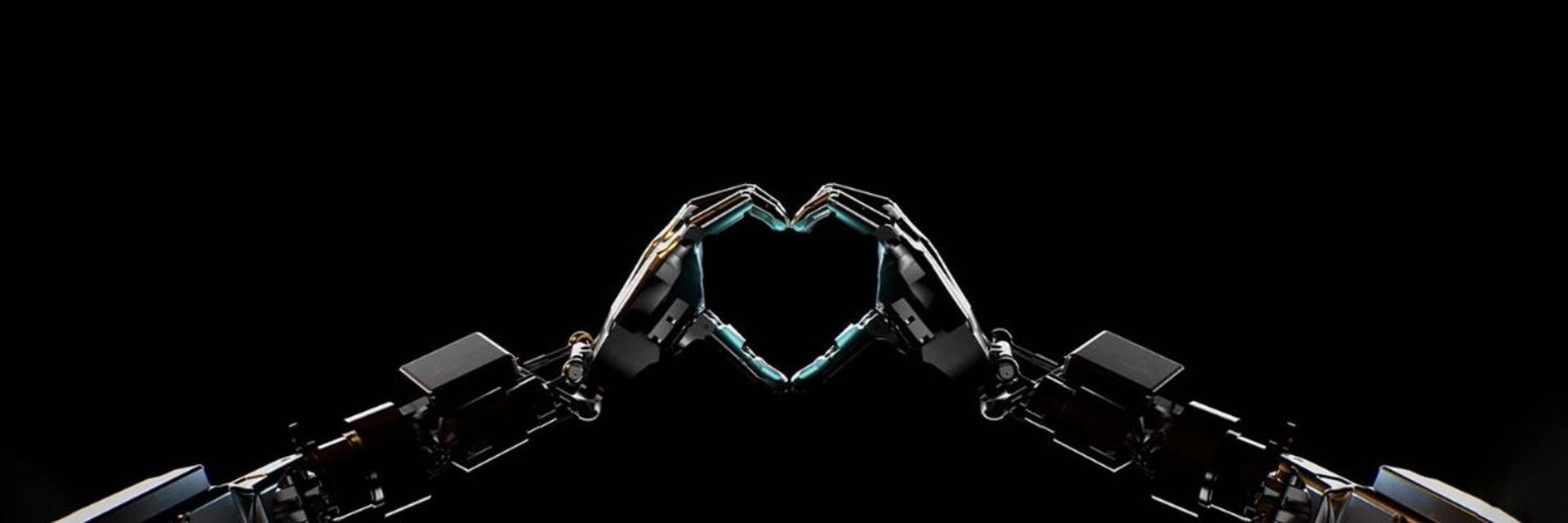In Silicon Valley’s dynamic competition, the Tesla robot folding shirt incident has sparked renewed interest in the race to create the first wave of humanoid robots. Tech giants across the board are enticing consumers with the prospect of soon acquiring a robotic aide that can handle tedious tasks such as washing dishes and sweeping floors. However, despite these ambitious promises, recent advancements indicate that the realization of a fully autonomous robotic butler may still be a far-off reality.
Over the recent weekend, Elon Musk showcased a video on platform X, displaying what seemed to be Tesla’s “Optimus” robot (named after a character from the Transformers franchise) skillfully folding a shirt.
Watch here: Tesla robot folding shirts
This is the video showing the Tesla robot folding shirt:
Optimus folds a shirt pic.twitter.com/3F5o3jVLq1
— Elon Musk (@elonmusk) January 15, 2024
While Musk likely expected this demonstration of the robot’s capabilities to awe viewers, my reaction was one of underwhelment.
The task of shirt folding is, after all, a skill mastered by most people. This begs the question: why would a visionary like Musk invest immense resources into developing a robot whose abilities are limited to tasks that are second nature to most humans? Adding to the skepticism, it later emerged that Musk’s video may have been staged, though the specifics of this staging remain unclear.
Musk later clarified in a follow-up post about the robot’s ability to fold shirts:
“Important note: Optimus cannot yet do this autonomously, but certainly will be able to do this fully autonomously and in an arbitrary environment (won’t require a fixed table with box that has only one shirt).”

Musk’s recent comments about the Tesla robot folding shirt video leave much to the interpretation, creating an impression that the robot may not yet be adept at shirt folding or might still require human aid for such tasks.
The public’s reaction to Musk’s video on platform X was a blend of admiration, confusion, and mockery. Many were puzzled about the video’s authenticity, given the robot’s purported limitations. One user humorously compared the robot’s skills to those of a multitasking spouse, emphasizing the gap between human versatility and the robot’s current capabilities.
Yeah but my wife can do it while holding our baby and screaming on the phone at someone while eating lunch… can he? 😆
— Charles Weber (@CWBOCA) January 15, 2024
Ever since Tesla’s bot was first announced, it has been a subject of not just speculation and anticipation but also humor and skepticism. The initial reveal of the “Tesla bot” was somewhat comical, featuring an individual in a spandex suit, reminiscent of the Silver Surfer, due to the absence of an actual prototype.
This was followed by the unveiling of a working prototype at Tesla’s AI Day in 2022, where the bot’s performance was less than impressive, barely managing to walk without falling. Now, the latest update suggests the robot’s ability to fold a shirt, albeit with some uncertainty.
To sum up, despite ongoing talk about an imminent robot revolution, the evidence we have so far suggests that such a future is not as close as some might think.

About Optimus
Optimus, a pivotal innovation in Tesla’s AI and robotics division, embodies an AI-first approach, marking a significant milestone in the field of robotics. Tesla asserts that the integration of advanced inference hardware is crucial for the development of fully autonomous, bipedal robots. This cutting-edge technology is what sets Optimus apart in the realm of robotics.
The Optimus Gen 2 is Tesla’s latest iteration in their line of robots, succeeding the Optimus Gen 1. This newer generation, unveiled as a significant upgrade from its predecessor, represents Tesla’s ongoing commitment to refining and advancing robotic capabilities. Introduced to the world in March 2022, Optimus Gen 1 laid the groundwork for what was to become a more sophisticated and capable version in Gen 2.
We will soon see humanoid robot for sale flyers all around us
Optimus Gen 2 boasts enhanced features and functionalities over its predecessor. It is designed to perform a wider range of tasks with increased efficiency and precision. The use of Tesla’s proprietary AI technology not only enables it to navigate and interact with the environment more effectively but also allows for more complex and nuanced human-robot interactions. At the end of the day, we hope that this Tesla robot folding shirts video is just a beginning of what this innovative technology can accomplish!
Featured image credit: Aideal Hwa/Unsplash





